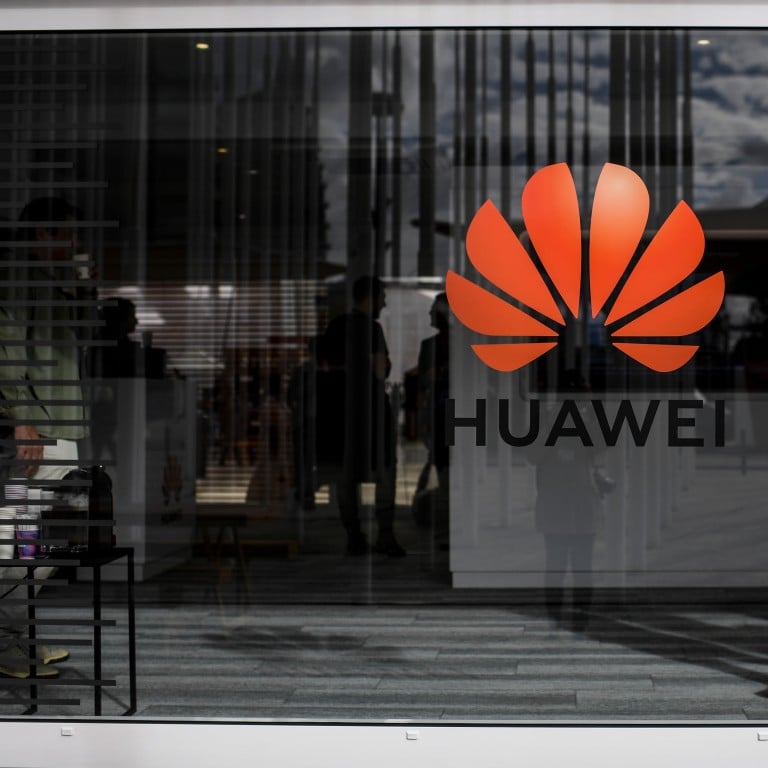
Huawei seeks closer ties with Japan after creating 46,000 jobs and amid plan to spend US$10 billion
- Huawei created over 46,000 jobs in Japan last year, both directly and indirectly through local partnership deals, according to an Oxford Economics report
- Huawei moves closer to Japan on supply chain and research links as China’s telecoms giant attempts to reduce dependence on US amid ongoing trade tensions
Huawei Technologies is turning to Japan to bolster its supply chain and deepen research links as China’s telecoms giant attempts to shift its dependence away from the US, its biggest supplier, where it has been blacklisted.
Parts procured from Japanese companies are set to total 1.1 trillion yen (US$10 billion) in 2019, on par with the amount spent in the US last year, according to comments by chairman Liang Hua on Thursday.
Speaking to a gathering of executives and scholars from Japan’s top firms and universities in Tokyo, Liang said he expected procurement and cooperation with Japan on developing next-generation technologies to increase in future.
Huawei and Japanese companies are in a “mutually complementary relationship,” Liang said at the briefing, a transcript of which was verified by the company. “Japan is a very important market for Huawei and plays an important role in the supply chain.”
Huawei created over 46,000 jobs in Japan last year, both directly and indirectly through local partnership deals, according to a recent Oxford Economics report on the company’s economic impact in the country. Liang’s friendly comments and visit to Japan come after Washington added Huawei to its Entity List in May, restricting the Shenzhen-based company’s access to American-origin technologies such as software and semiconductors.

The US government has given Huawei some breathing space though, and this week began issuing licences for some companies to supply goods to the Shenzhen-based company, according to several media reports. The news came as US President Donald Trump closes in on a partial trade deal with Chinese President Xi Jinping.
Since being blacklisted, Huawei has been granted a series of 90-day licence extensions by the US, designed to minimise the immediate impact on US suppliers and network customers.
US grants Huawei new 90-day licence extension
Liang said that free trade was an “irreversible trend” and that the world cannot be divided, in his briefing on Thursday. Nevertheless, there are fears that a permanent ban on Huawei in overseas markets could harm economic growth.
According to a separate Oxford Economics study, Huawei boosted Europe’s economy by 12.8 billion euros via its economic activity in 2018, along with the creation of nearly 170,000 jobs either directly or through the supply chain.
“We are making a sizeable contribution to the EU economy, helping Europe improve productive capacity and ensuring its firms and industries are not left behind by the pace of digital transformation,” said the company in a statement following the report’s release earlier this month. “Our aim now is to help the European Commission achieve its goal of making Europe fit for the digital age.”
For more insights into China tech, sign up for our tech newsletters, subscribe to our award-winning Inside China Tech podcast, and download the comprehensive 2019 China Internet Report. Also roam China Tech City, an award-winning interactive digital map at our sister site Abacus.


